This came with my recently acquired SB 14-1/2:
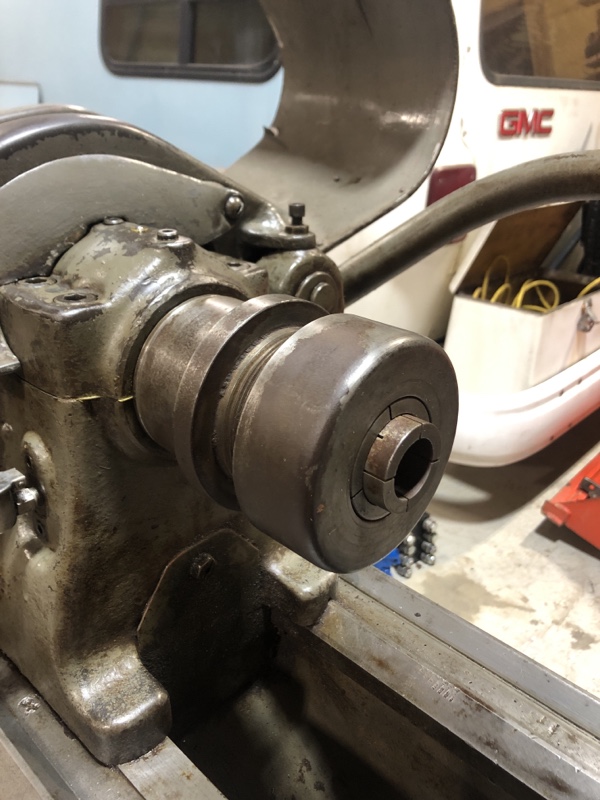
It’s threaded for the uncommon 2-1/4”x6tpi threaded spindle. Here it is after removing the tightening cap:
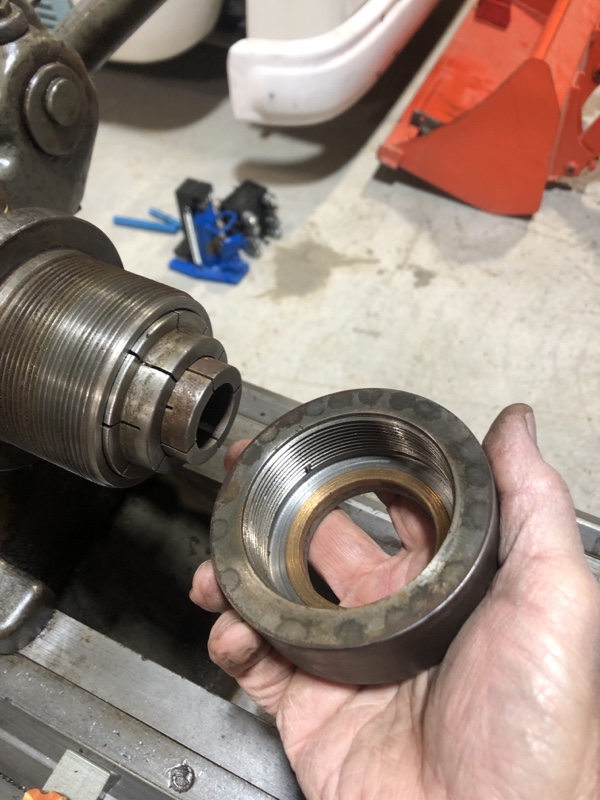
The angled insert is 1-1/2” in diameter, and I have a range of sleeves that insert into it.
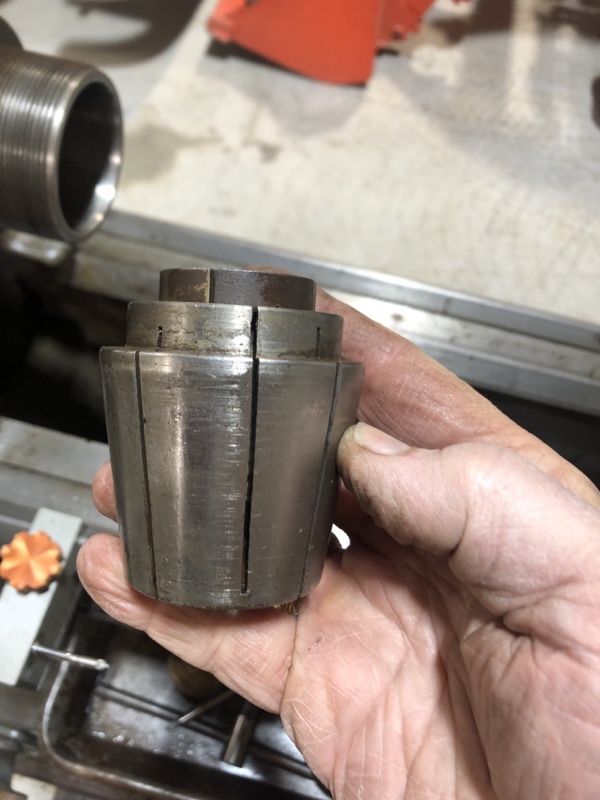
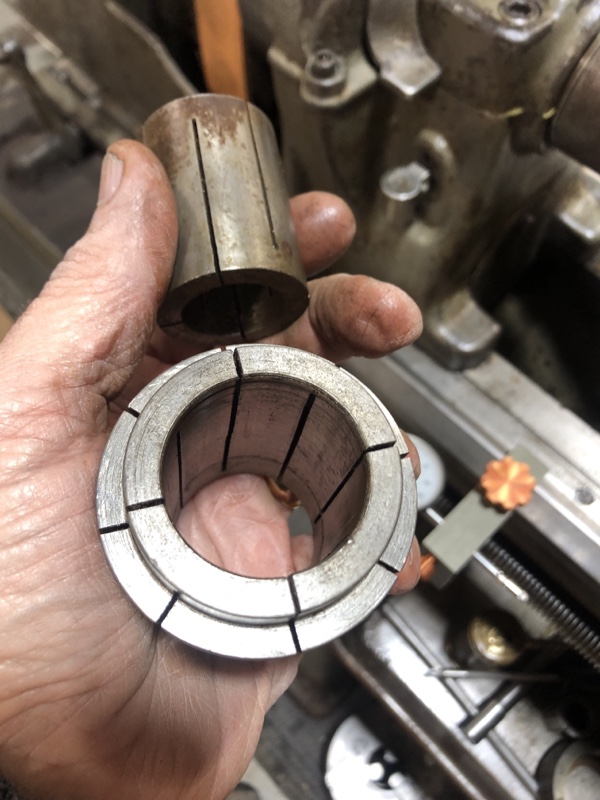
Here’s the 1” insert pulled out of the outer sleeve:
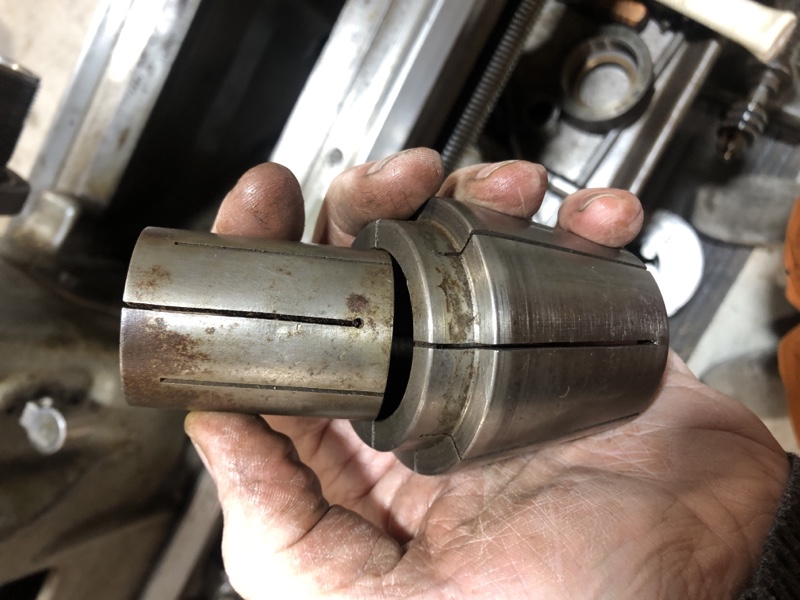
Ring any bells?
I haven’t critically measured it, but - 1” shaft held in the 1” collet showed no hint of runout.
Rick “great for sizes the stock 4C collets won’t reach” Denney
It’s threaded for the uncommon 2-1/4”x6tpi threaded spindle. Here it is after removing the tightening cap:
The angled insert is 1-1/2” in diameter, and I have a range of sleeves that insert into it.
Here’s the 1” insert pulled out of the outer sleeve:
Ring any bells?
I haven’t critically measured it, but - 1” shaft held in the 1” collet showed no hint of runout.
Rick “great for sizes the stock 4C collets won’t reach” Denney

